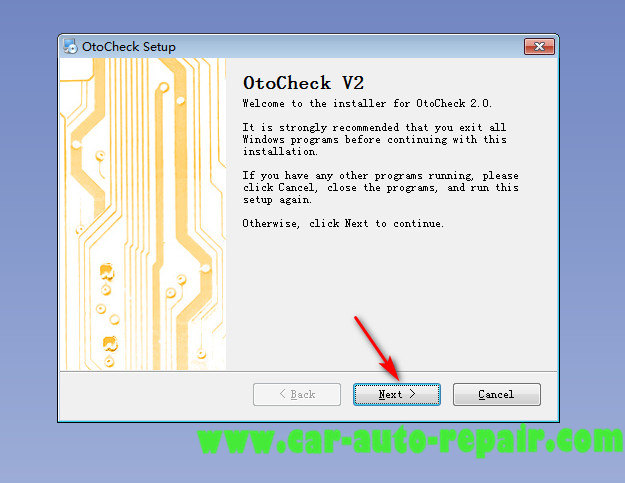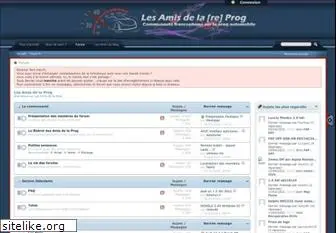

DynamoDB creates and maintains indexes for the primary key attributes for efficient access of data in the table, which allows applications to quickly retrieve data by specifying primary key values.Local secondary index – an index that has the same partition key as the base table, but a different sort key.Global secondary index – an index with a partition key and a sort key that can be different from those on the base table.DynamoDB Secondary indexes supports two types.Items will only appear in an index if they exist in the table on which the index is defined, making queries an index very efficient are automatically maintained as sparse objects.helps reduce the size of the data as compared to the main table, depending upon the project attributes and hence helps improve provisioned throughput performance.any addition, modification, or deletion of items in the base table, any indexes on that table are also updated to reflect these changes.is automatically maintained by DynamoDB.additionally can define projected attributes which are copied from the base table into the index along with the primary key attributes.requires an alternate key for the index partition key and sort key.is associated with exactly one table, from which it obtains its data.is a data structure that contains a subset of attributes from a table.DynamoDB Secondary indexes on a table allow efficient access to data with attributes other than the primary key.DynamoDB provides fast access to items in a table by specifying primary key values.
#OTOCHECK SECURITY KEY ARCHIVE#
Archive or delete the tables whose contents are rarely or never needed. Reduce the provisioned read capacity of earlier tables as they age.
#OTOCHECK SECURITY KEY SERIES#


Avoid hot keys and hot partitions – a partition key design that doesn’t distribute I/O requests evenly can create “hot” partitions that result in throttling and use the provisioned I/O capacity inefficiently.Partition key portion of a table’s primary key determines the logical partitions in which a table’s data is stored, which in turn affects the underlying physical partitions.Primary key uniquely identifies each item in a DynamoDB table and can be simple (a partition key only) or composite (a partition key combined with a sort key).AWS DynamoDB Best Practices Primary Key Design


 0 kommentar(er)
0 kommentar(er)
